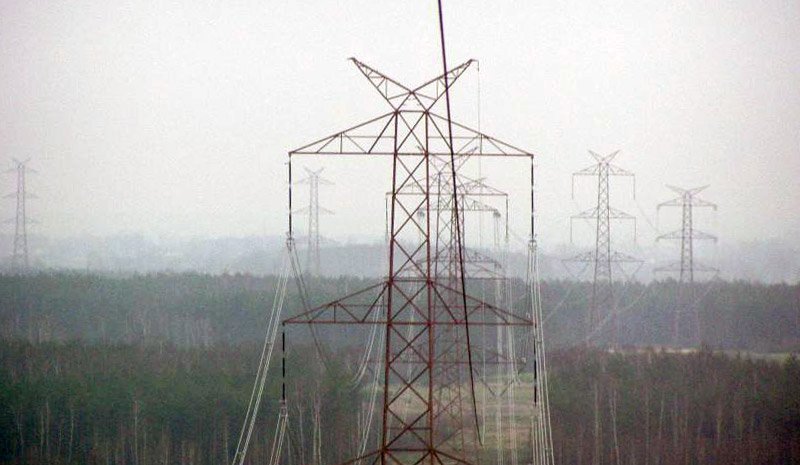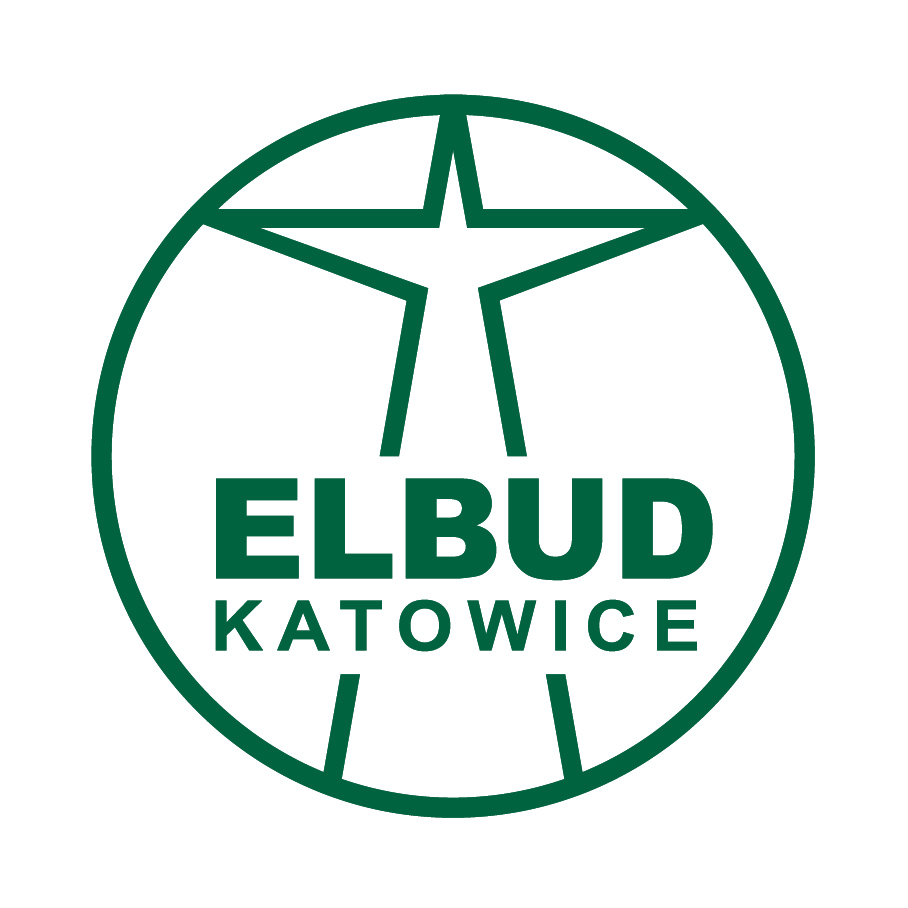Realizations

Designing, obtaining formal/legal documentation (including the building permit) and construction of a two-circuit overhead 400 kV line from Ostrów substation to Rogowiec-Trębaczew 400 kV line.
The line was built through 11 communities, 5 counties and 2 provinces (voivodships). The collaboration with local authorities helped considerably in the project completion.
The 400 kV Ostrów – Rogowiec/Trębaczew power line is a connection of Ostrów 400/110 kV substation with Trębaczew 400/220 kV substation. This investment has been one of the most important projects in the Polish power industry in recent years. This system, by connection of Ostrów substation with other nodal points of the 400 kV network (substations: Pasikurowice, Plewiska and Rogowiec), has become one of key elements of the National Power System (KSE). Moreover, it follows the recommendations associated with the connection of the Polish power system to the Western European UCTE.
The Ostrów – Rogowiec/Trębaczew line provides:
- KSE reliability improvement,
- meeting the growing demand for electric energy and power supply stability increase in the western part of Poland,
- better interaction of Bełchatów and Bełchatów II power stations with the transmission network,
- improvement of cooperation between the Polish and international power system,
- power loss reduction in KSE.
The line consists of ca 107 km long section of two-circuits 400 kV overhead power line made of three-conductor bundles (3 × AFL-8 350 mm2), with two grounding AFL-1,7 70 mm2 wires and AA/SCS59/25-6.8 fibre-optic cable. Distances between pylons are from 200 to 540 m. In the forest areas over-forest pylons have been used, so the lowest conductor is located 52 m above the ground to minimise the tree removal to the pylon positions and access roads. The line is adapted to the temperature of + 80ºC.
In accordance with the specification of Terms of Reference (SIWZ), the contract consisted of two stages:
STAGE I: Obtaining the right to administer of the ground, necessary permits and turnkey construction of the line, including material supplies.
STAGE II: The line operation for ten years.
The project execution time was divided into two two-year periods. The first one was for all formal/legal preparatory arrangements, and in the second construction works were performed. Despite the difficulties encountered, mostly related to formal/legal issues, the project was completed in time in 2004-2009.
